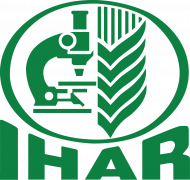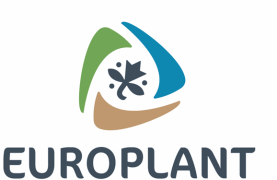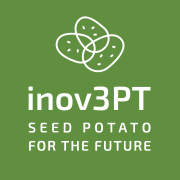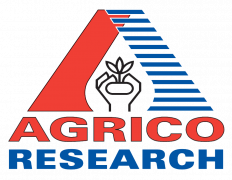Nitrogen (N) management in potato (Solanum tuberosum L.) should account not only for productivity and environmental impact but also for profitability. Although several hyperspectral vegetation indices have been proposed to assess potato N status, their usefulness for estimating the economic optimum N rate (EONR) remains limited. The objectives of this study were to (i) compare structural, chlorophyll, and red-edge indices in their ability to predict EONR and (ii) calibrate and validate a single model to estimate EONR from vegetation indices in potato. Six field experiments in a potato crop (cv. Innovator) were conducted, evaluating six N rates (0, 50, 75, 100, 150, and 200 kg N ha⁻1). Vegetation indices were measured at 60 and 80 days after planting (early tuber bulking), and tuber yield was assessed at harvest. For the analysis, each vegetation index was relativised to the highest N rate at each site, and the differential from the EONR (dEONR) was also calculated. All indices were significantly (p < 0.05) related to dEONR through quadratic models at both growth stages. Specifically, SPAD and normalised difference red-edge index (NDRE) exhibited the highest capacity to predict dEONR (R2adj ≥ 0.68; rRMSE ≤ 0.004), allowing the use of a single model for both growth stages. A single model was calibrated and validated to predict EONR from the relativised SPAD and NDRE measured during early tuber bulking (EONR = 226 − 267 * relative index7.79). In summary, we provide a useful model for in-season adjustments of N rate using vegetation indices, while accounting for the economic impact of N fertilisation in potatoes.
Full publication URL















